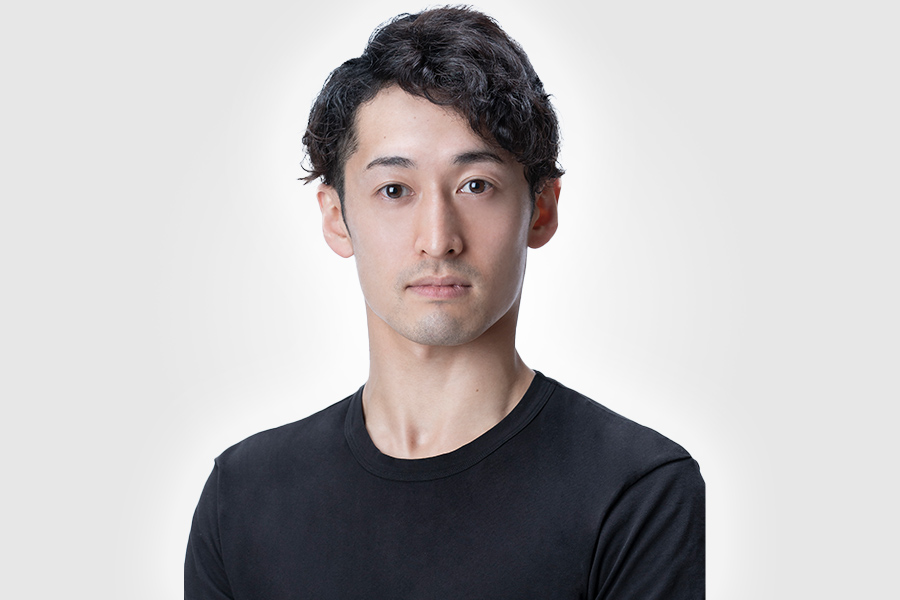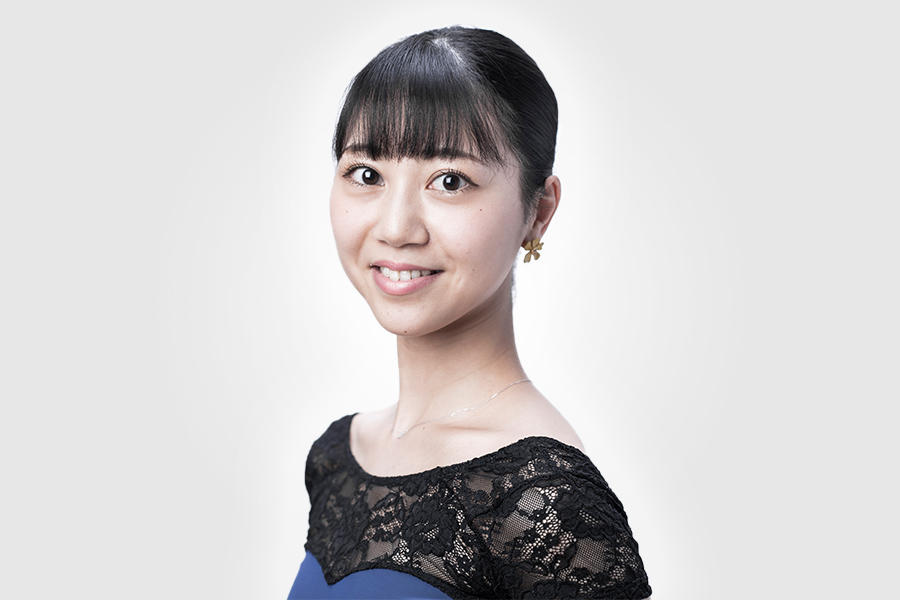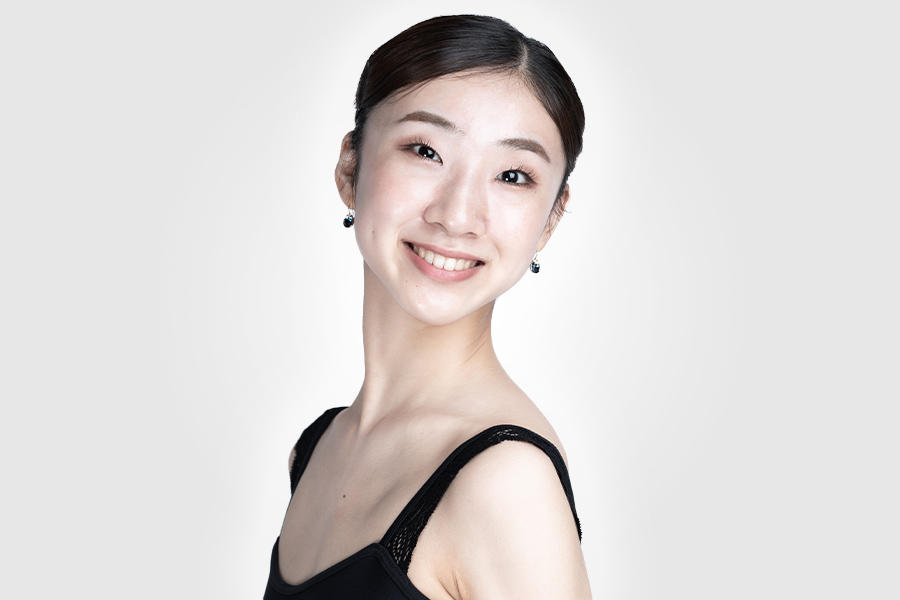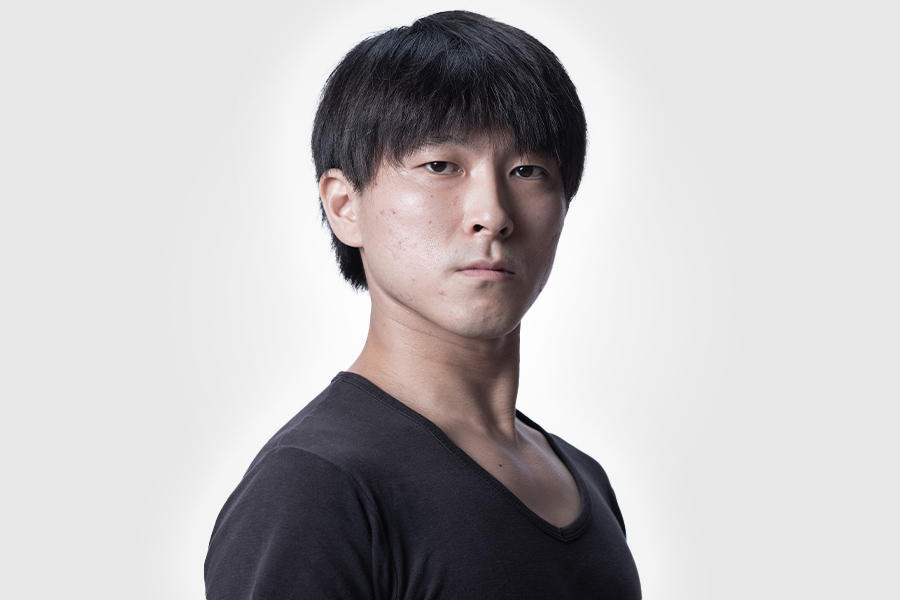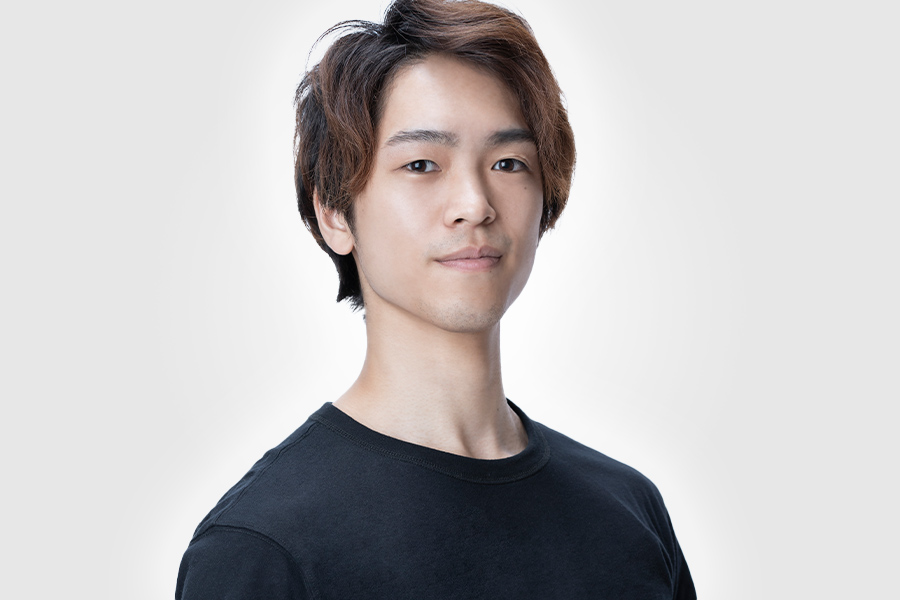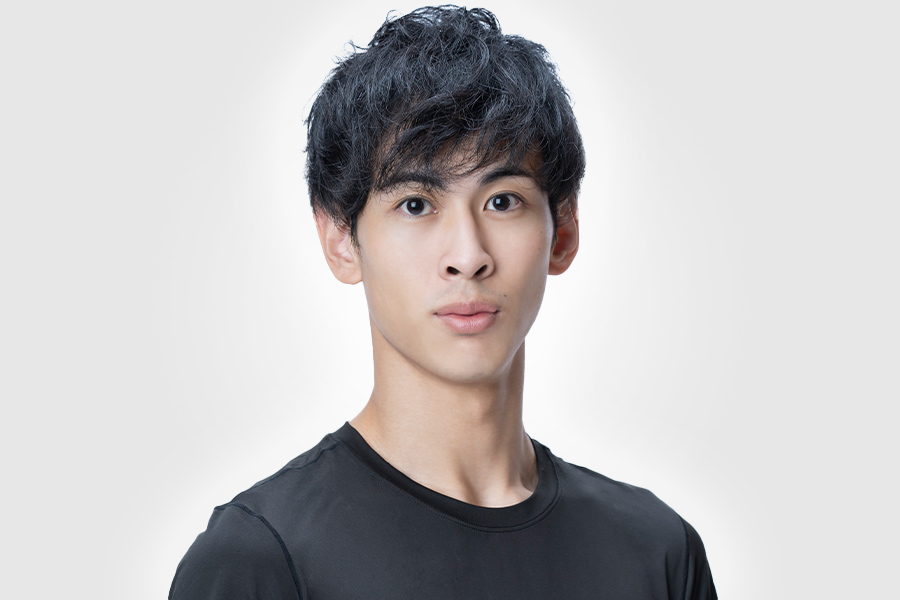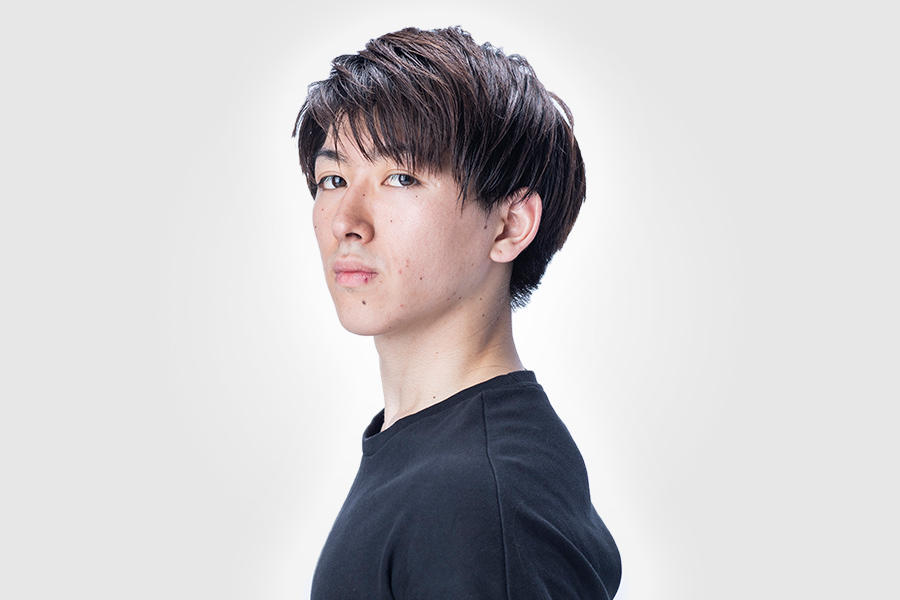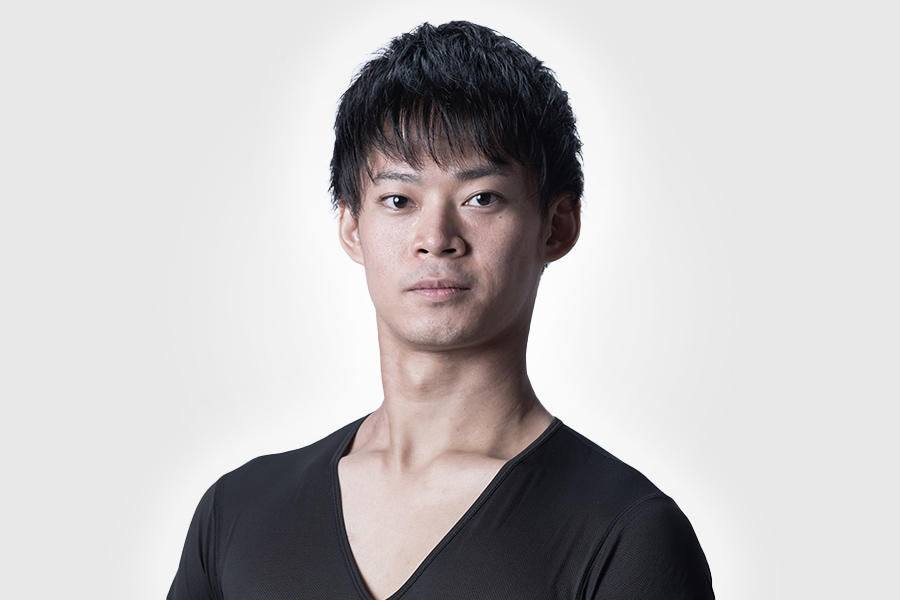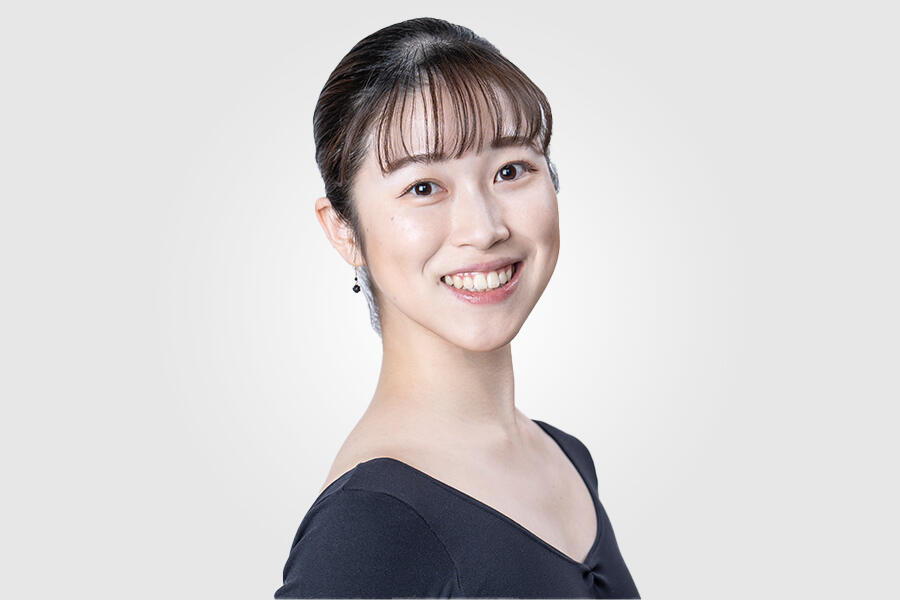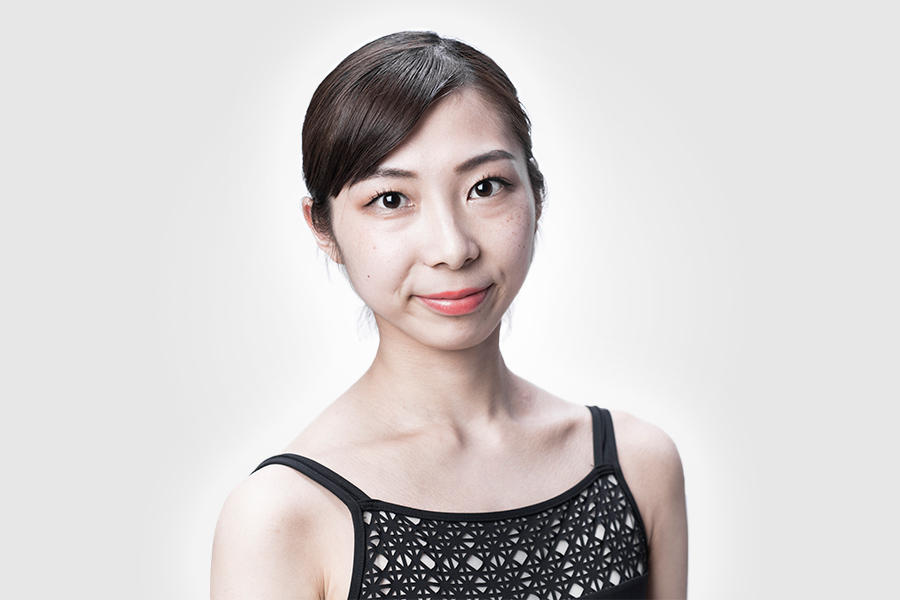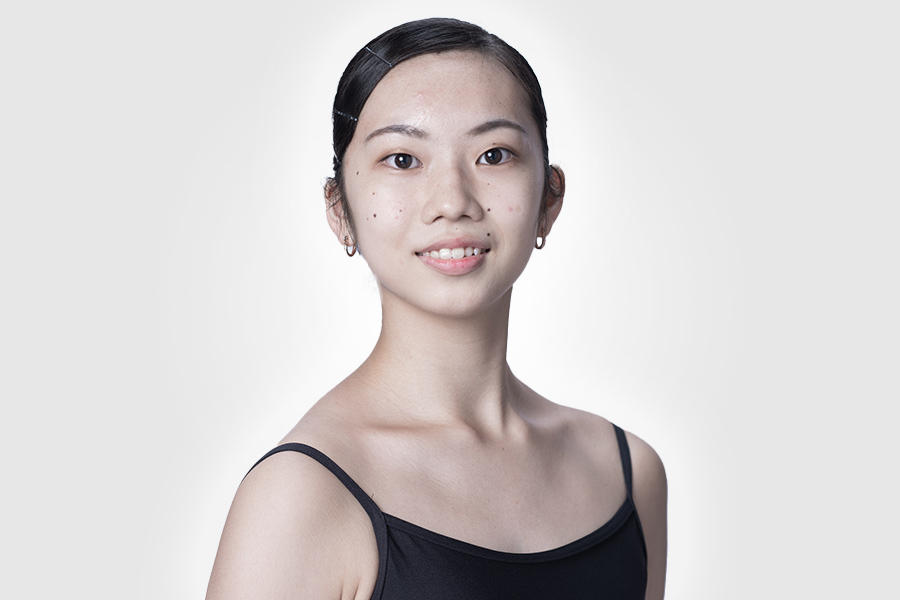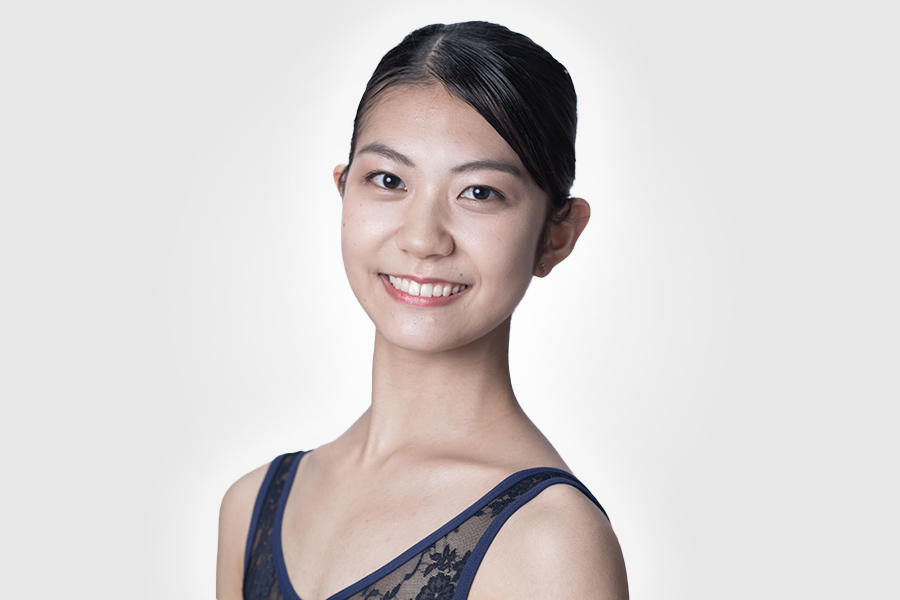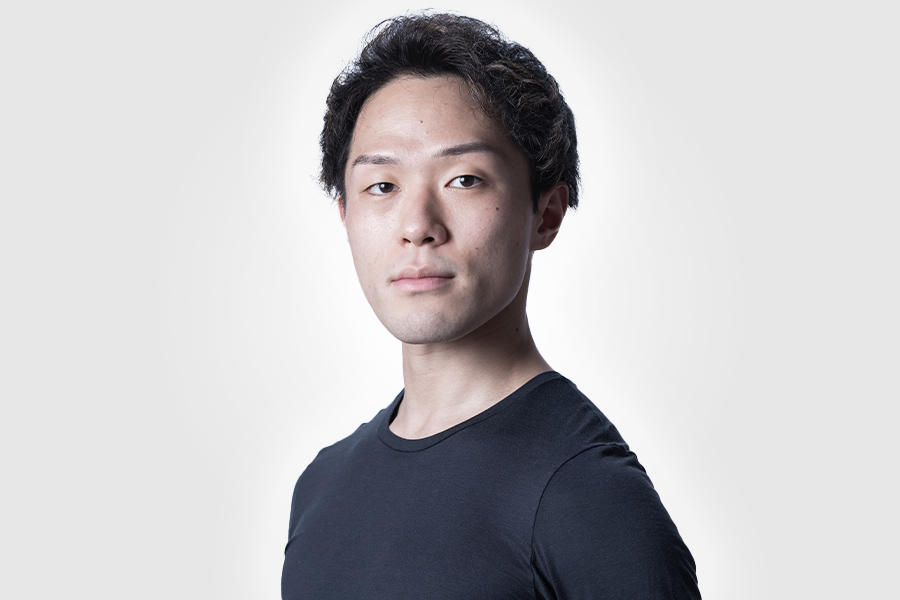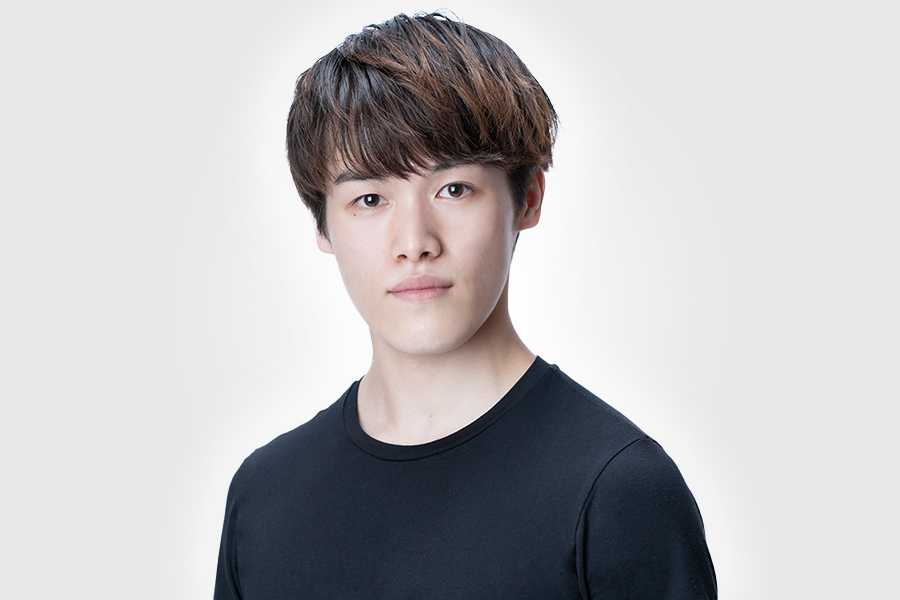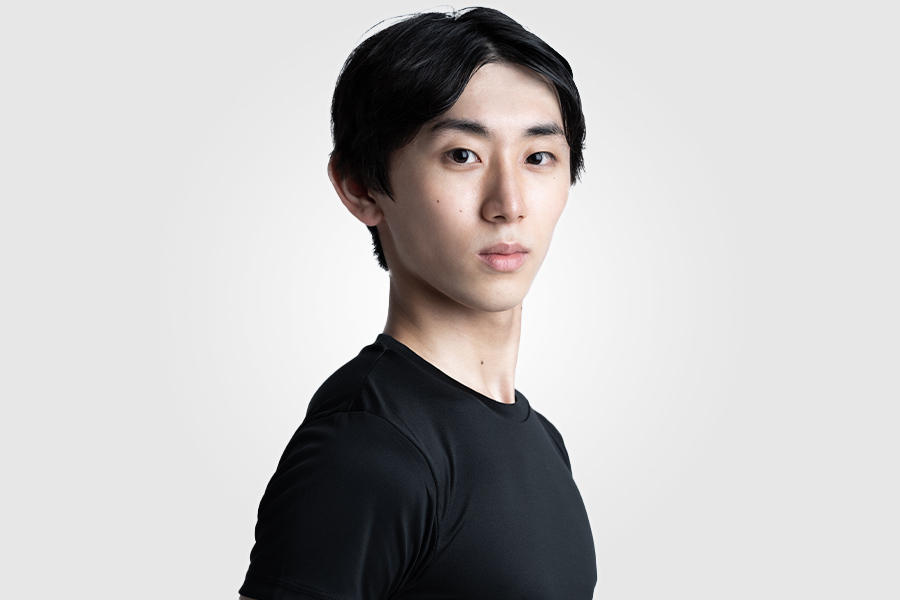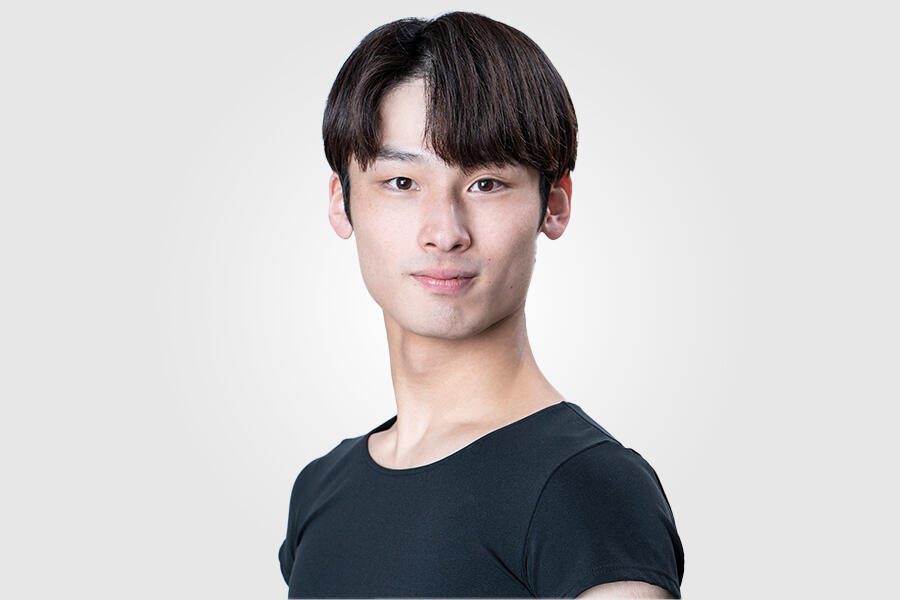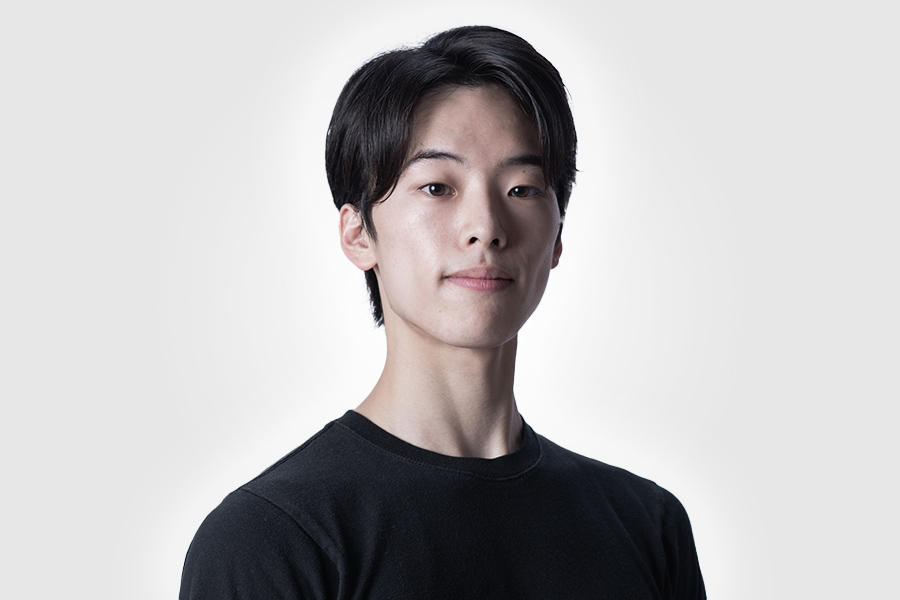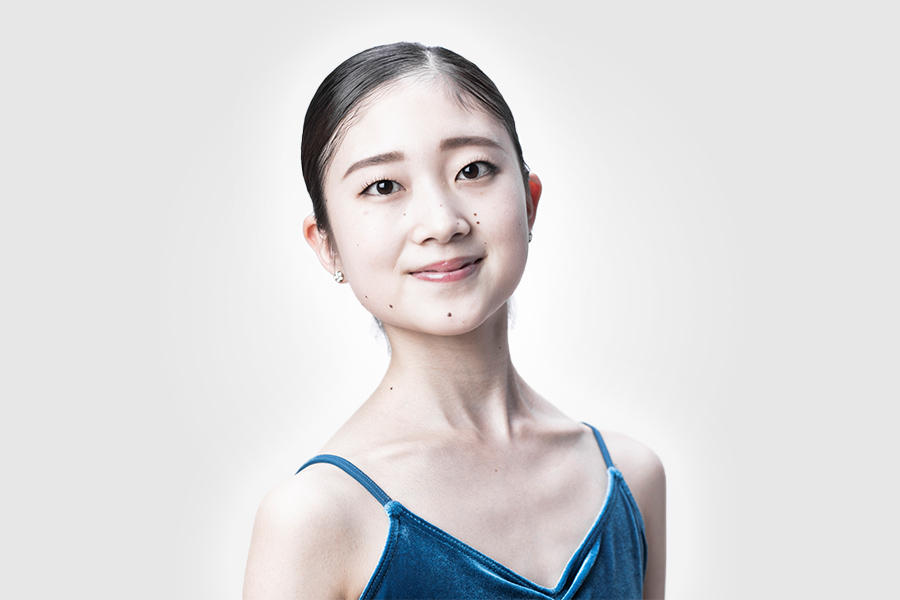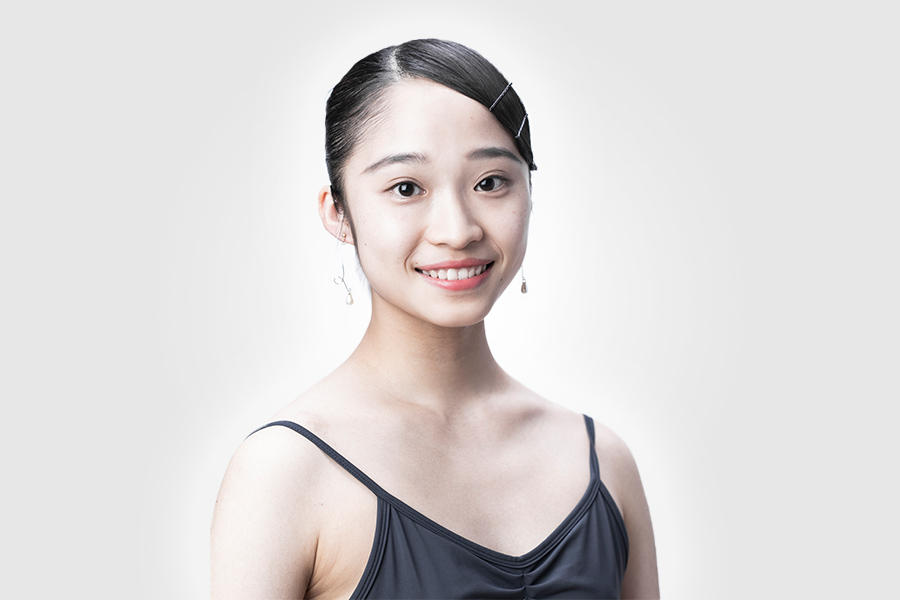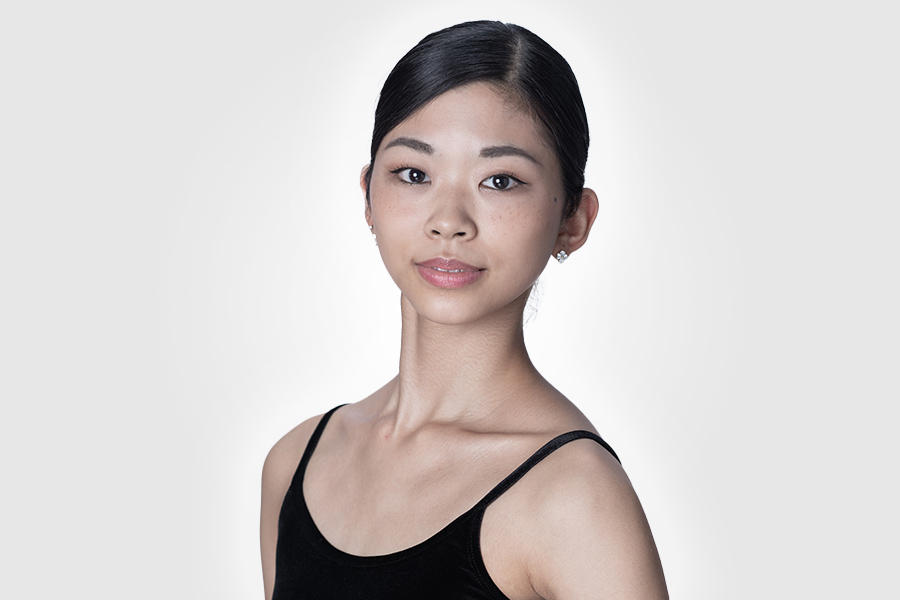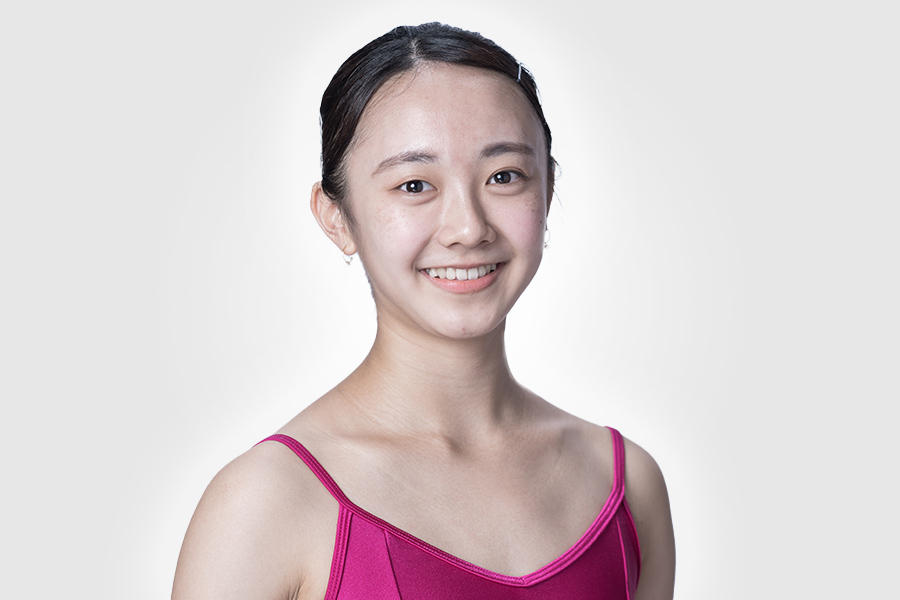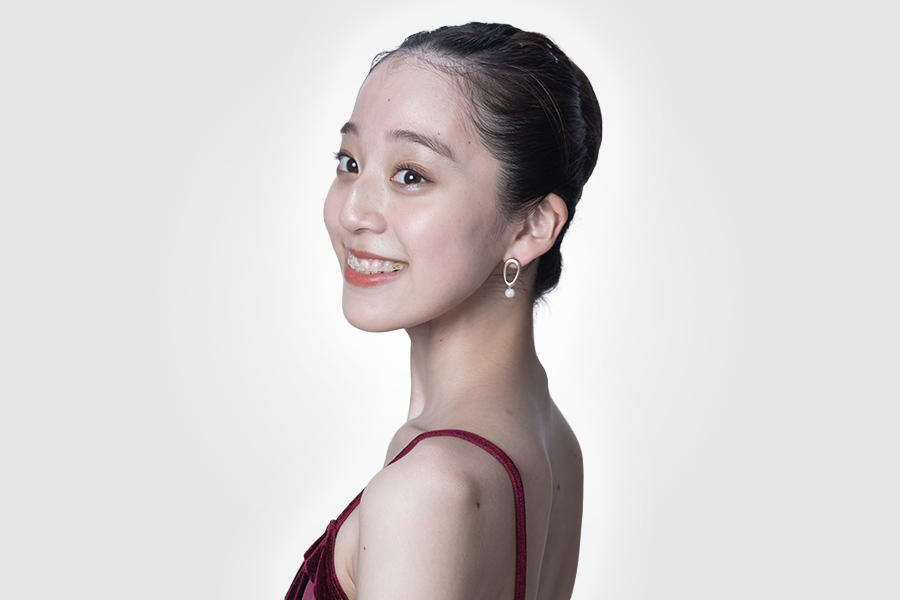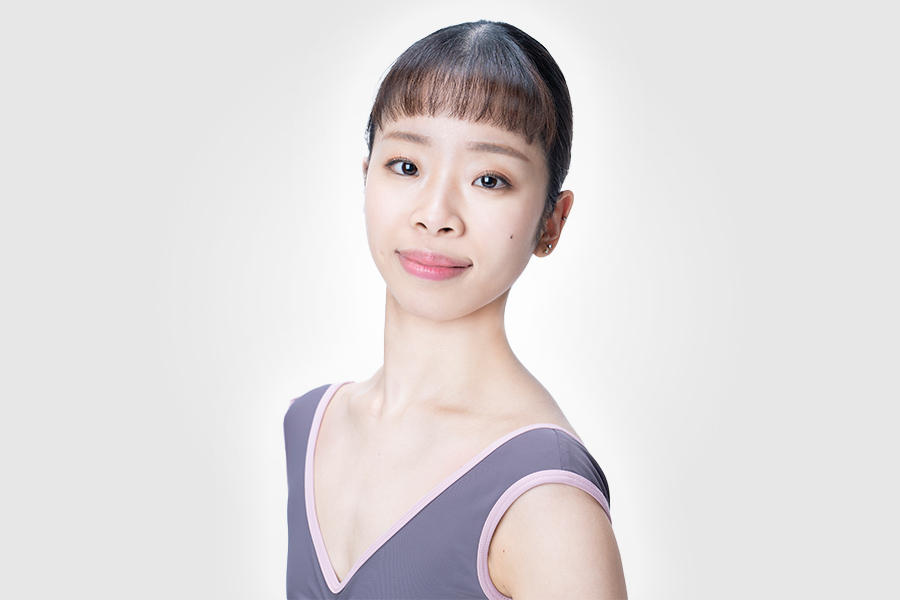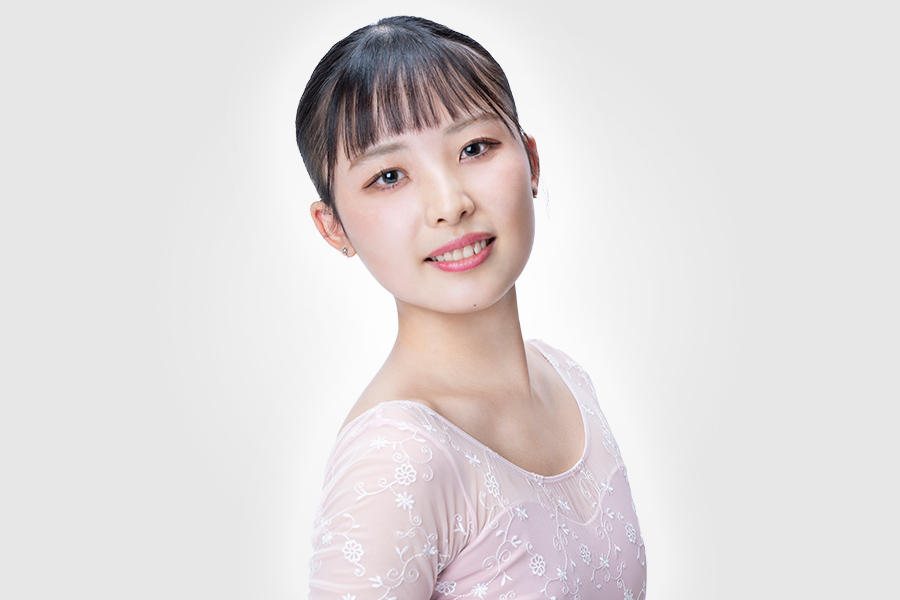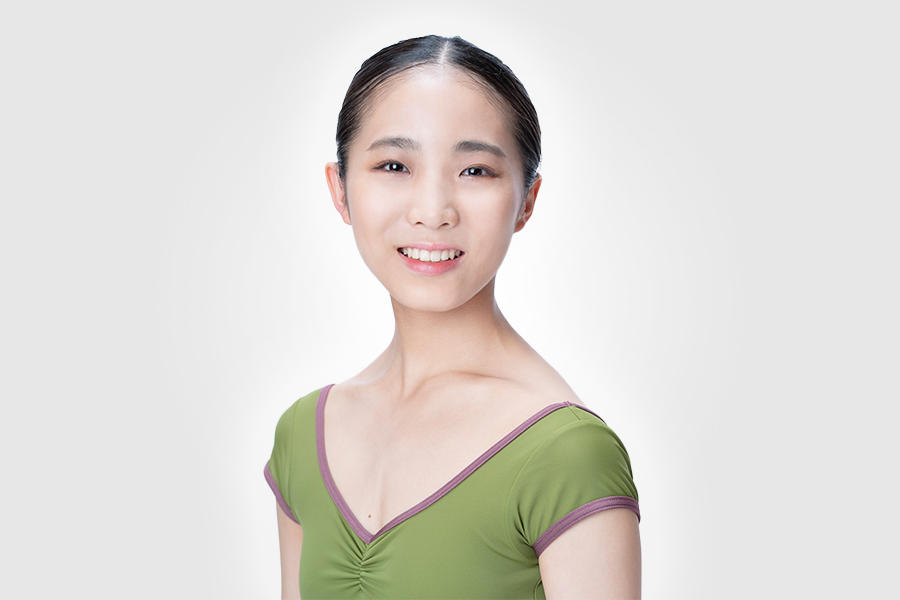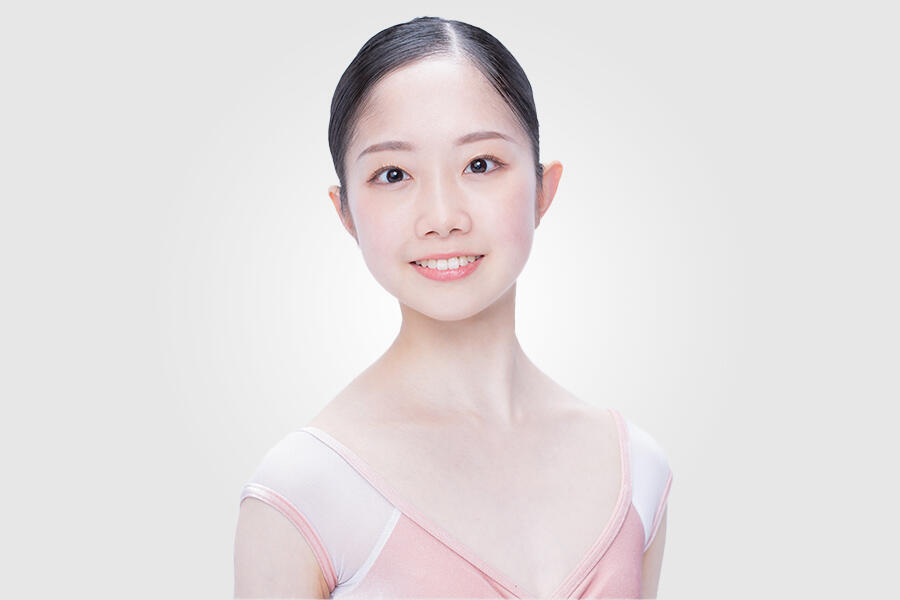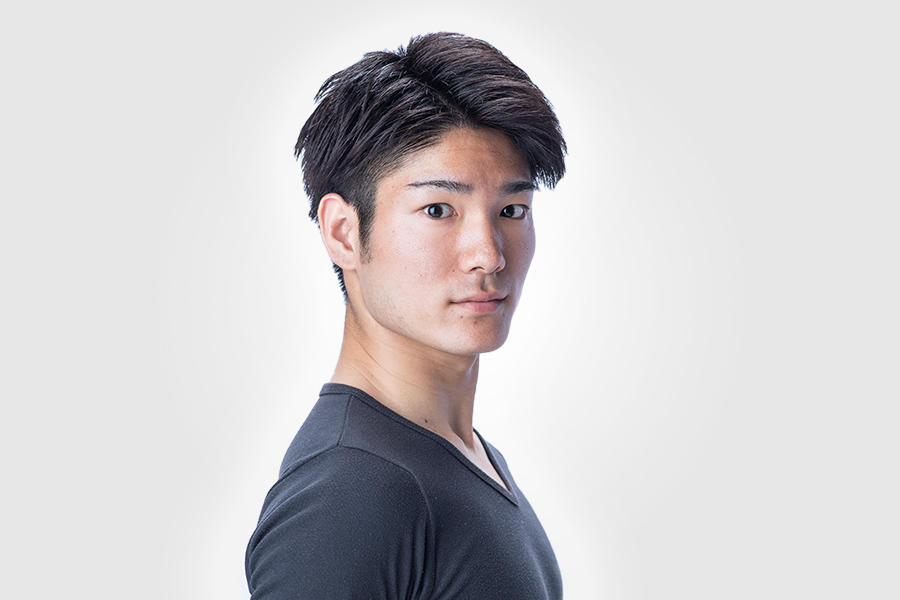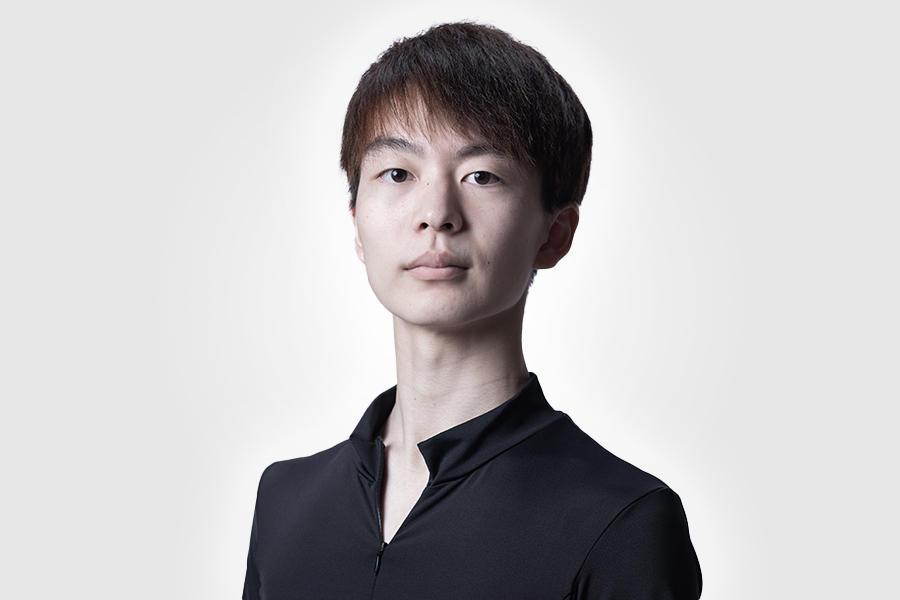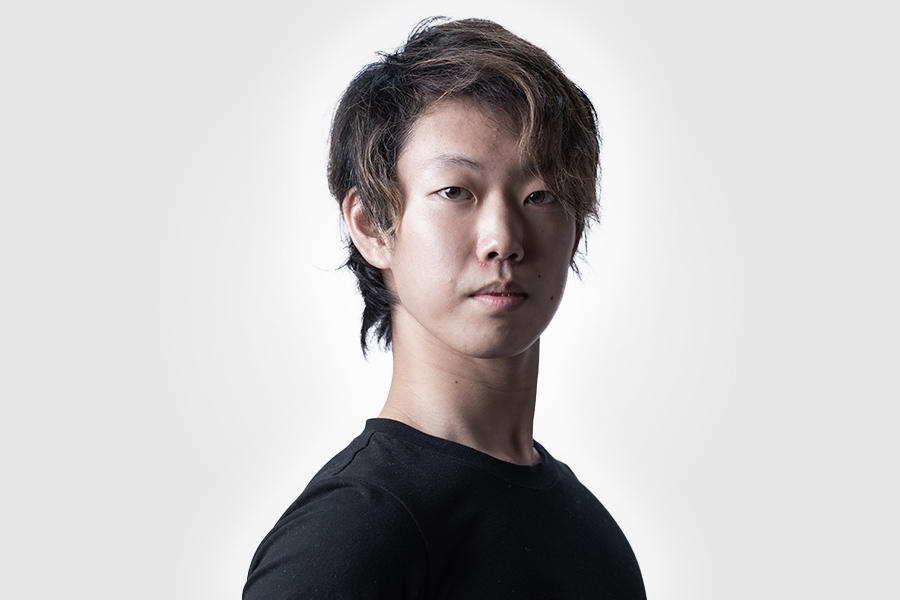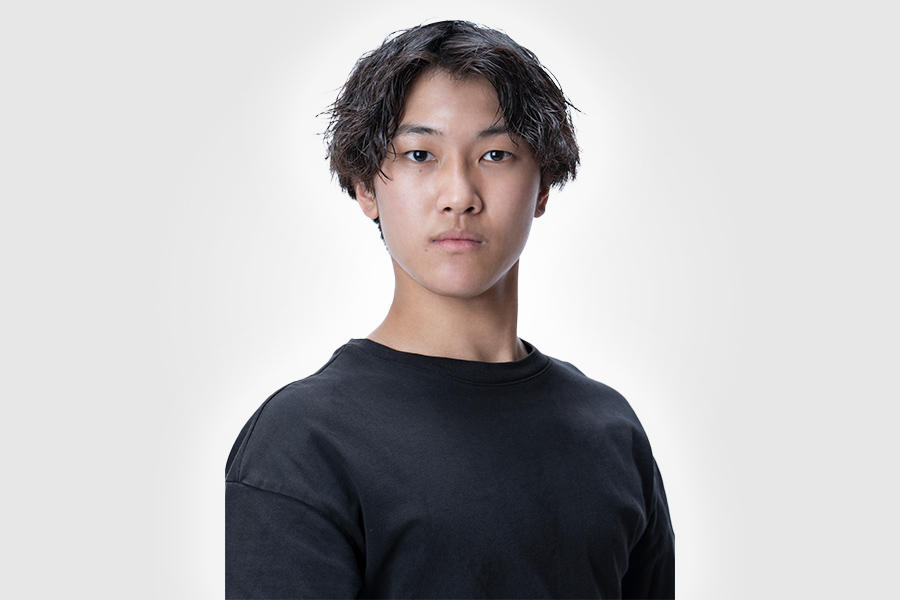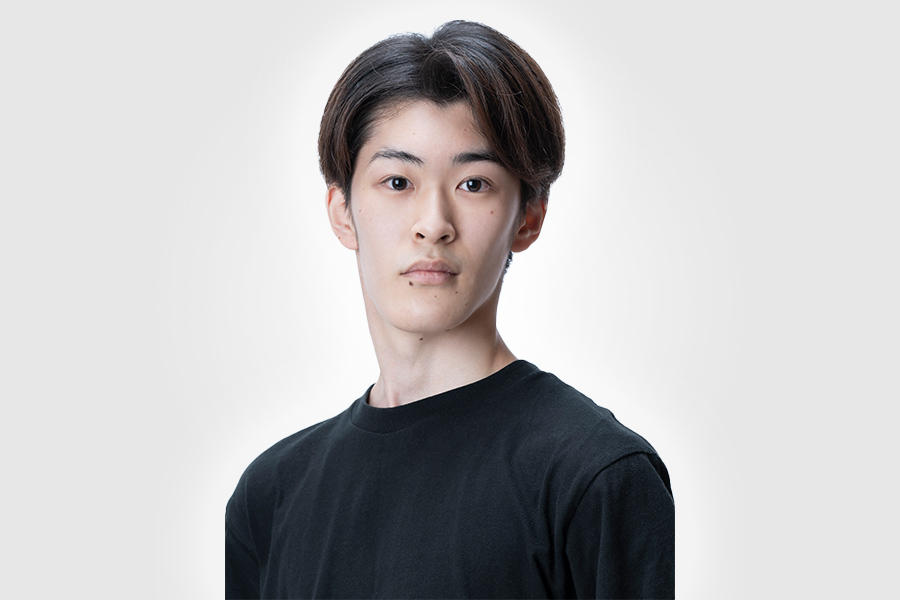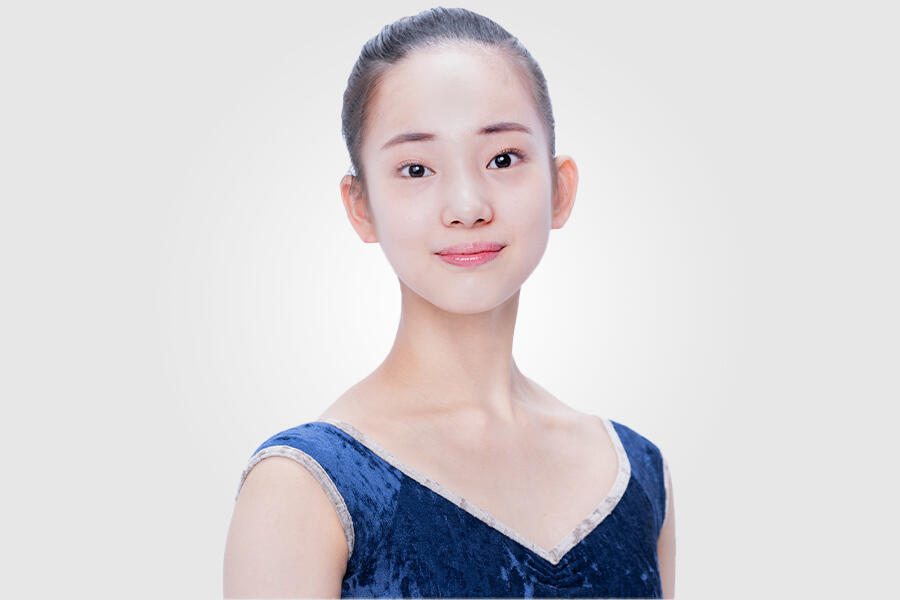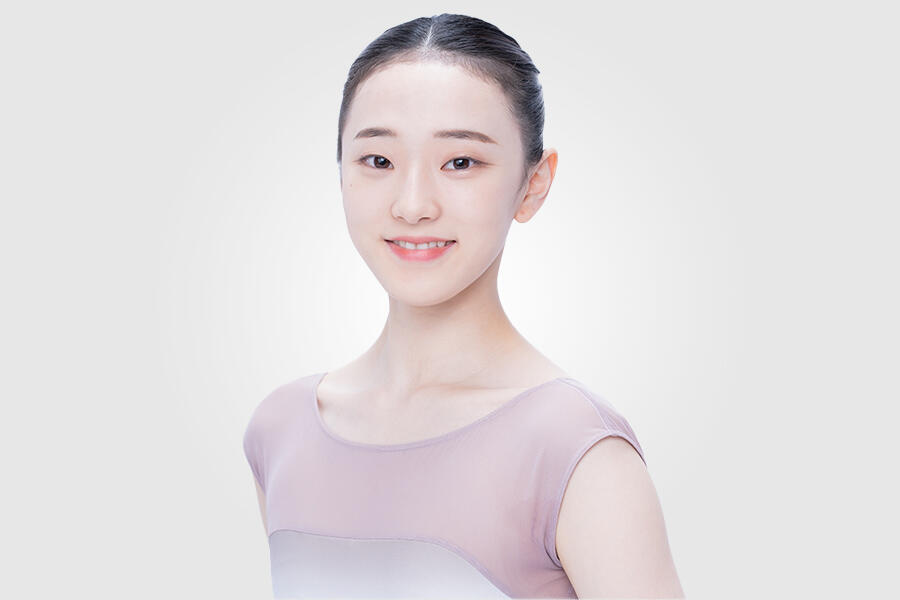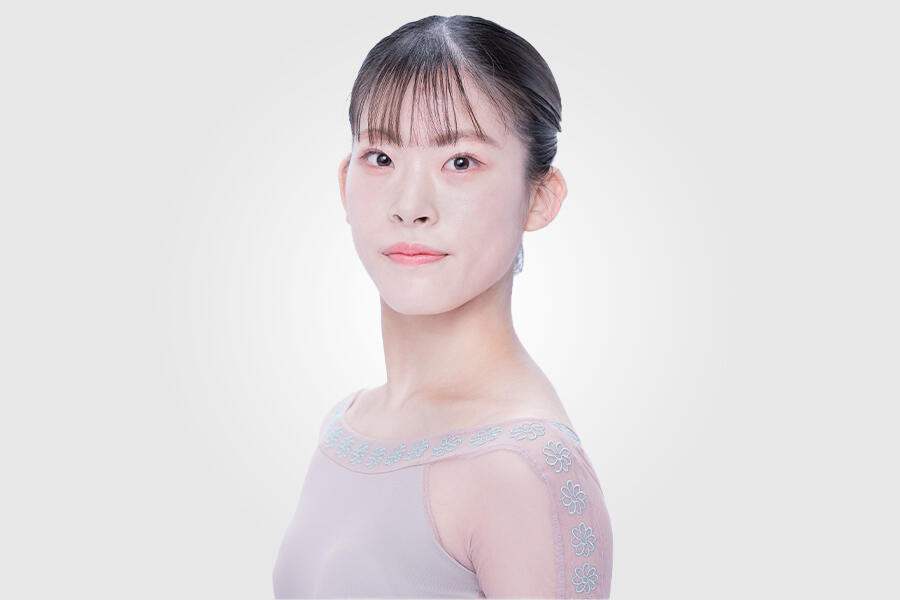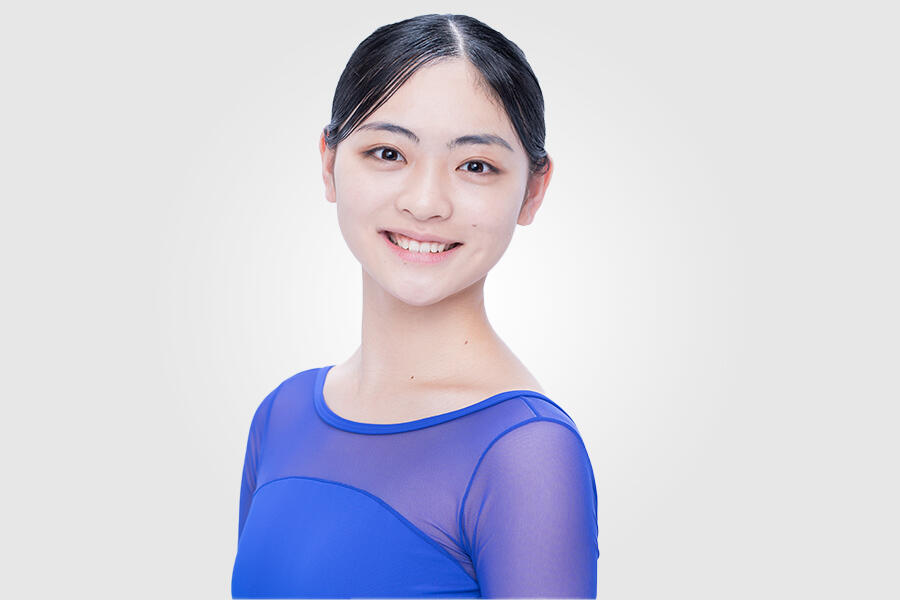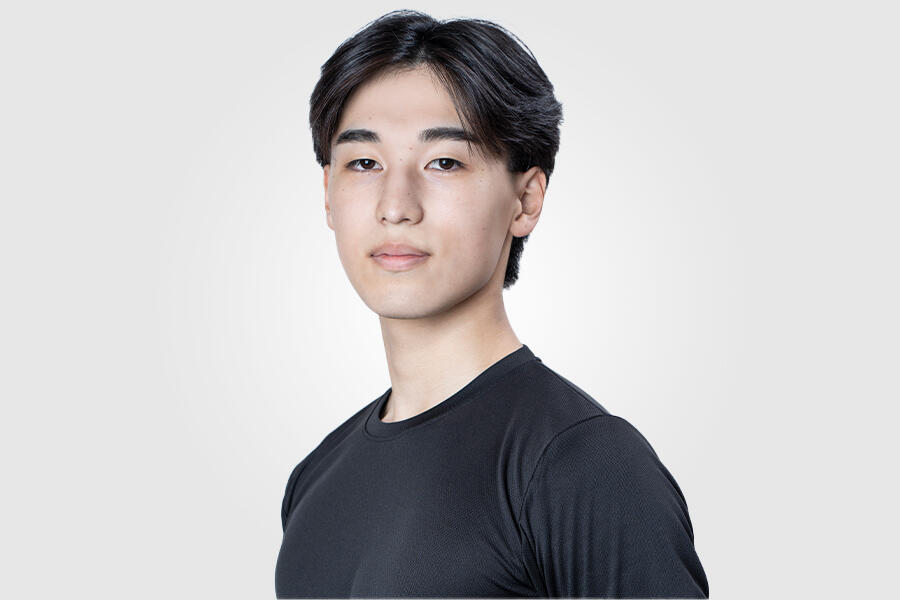Born in Kanagawa, Mizuka Ueno began her ballet studies at the age of 5. In 1989, she won the first prize at the Japan dance competition in Saitama. Having won the Prix du Lausanne Scholarship in 1993, she entered the Academy du Danse Classique Princess Grace in Monaco.
Upon graduation from the school at the top of the class, she joined Asami Maki Ballet in Tokyo in 1995.
Ms. Ueno received the gold medal at the World Ballet and Modern Dance Competition in 1996. In February 1999, she danced in the gala performances "Roland Petit and stars" in Mexico. She made her debut as Odette/Odile in "SWAN LAKE" in July 1999, and danced the role again in March, 2000.
She created the soloist role in Roland Petit's "DUKE ELLINGTON BALLET" in July 2001, danced 'Kitri' in "DON QUIXOTE" in March 2002, and 'Esmeralda' in Petit's "NOTRE DAME DE PARIS" with the Ballet of the Teatro alla Scala in Milan. She has also danced in "DUKE ELLINGTON BALLET" as a guest with the Ballet of Teatro San Carlo in Naples. She was awarded the Recommended Artists Prize in the category of "New artist of 2001" by the Minister of Education and Culture of Japan, Einosuke Nakagawa Prize by Tokyo Shimbun (newspaper). In February 2003, she danced the role of 'Juliet' in "ROMEO AND JULIET", 'Esmeralda' in "NOTRE DAME DE PARIS" in August, and made her debut as 'Princess Aurora' in "SLEEPING BEAUTY" in October.
In 2004, Ms. Ueno left Asami Maki Ballet in February and joined the Tokyo Ballet in March. With the Tokyo Ballet, her repertory includes, 'Kitri' in "DON QUIXOTE," 'Princess Aurora' and the 'Lilac Fairy' in "SLEEPING BEAUTY," 'Clara' in "THE NUTCRACKER," 'Odette/Odile' in "SWAN LAKE," the 'Lucile Grahn role' in "PAS DE QUATRE," soloist role in Balanchine's "THEME AND VARIATIONS" and "BALLET IMPERIAL," 'Étoile' in "ÉTUDES," as well as many leading roles in Maurice Béjart's ballets, including 'meolody' in "BOLÉRO," 'Shakti' in "BHAKTI III," 'Rose' in "M," 'young girl' in "LE SACRE DU PRINTEMPS," and the 3rd Variation in "DON GIOVANNI."
In 2004, she danced 'Odette/Odile' in "SWAN LAKE" opposite Vladimir Malakhov. In 2005, she danced the role of 'Titania' in the Tokyo Ballet premiere of Ashton's "THE DREAM." In 2007, she was invited to Corpo di Ballo del Teatro alla Scala's "DON QUIXOTE" to dance 'Kitri' opposite Leonid Sarafanov during the company's Japan tour, and also invited to dance "BHAKTI III" at Teatro Municipal de Santiago's 150 year anniversary Gala.






